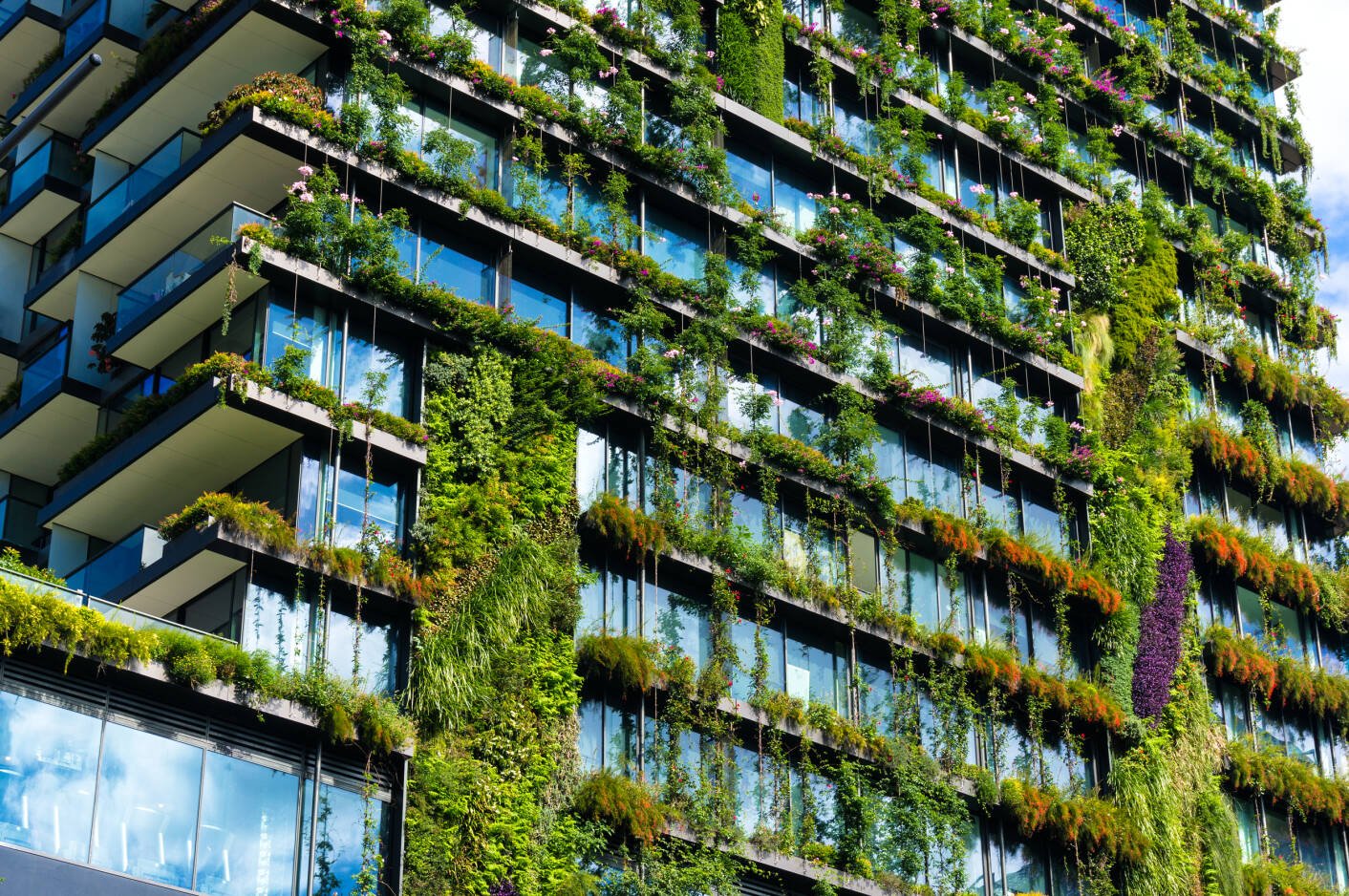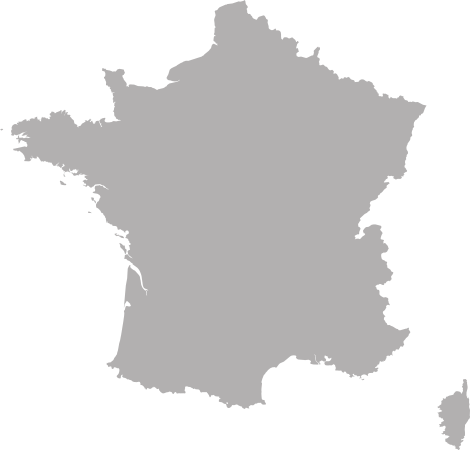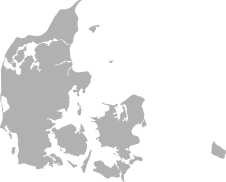and
greener
more livable
Making European cities

SCROLL DOWN
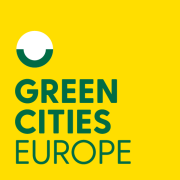
European Green Cities
read more
Everyone probably agrees that urbanization and sustainability are two of the hottest topics of the last decade(s). People move from the countryside towards the cities, which often leads to challenges in terms of housing and quality of life within these places in general. This ‘livability’ is frequently (partially) determined by how ‘green’ a neighborhood is and the proximity of larger parks or a forest.
To see what these cities exactly do (and how they do it), we reached out to the foundation behind this movement and a couple of representatives within Europe that are proud to talk about this platform and their initiatives and future.
Cities in Europe are focussing more and more on being green. Meaning: literally ‘green’, by adding plants and trees to the streets. There’s an easy explanation for this, as the amount of green becomes more important when a population is growing; public green spaces have a positive impact on the biodiversity and livability within these cities. Therefore, the platform Green Cities (for a Sustainable Europe) was founded, to encourage green in public spaces.
read more
Budapest
Warsaw
read more
read more
Aarhus
Grenoble
read more
Leeuwarden
read more
iVerde 'Green Cities/ENA'
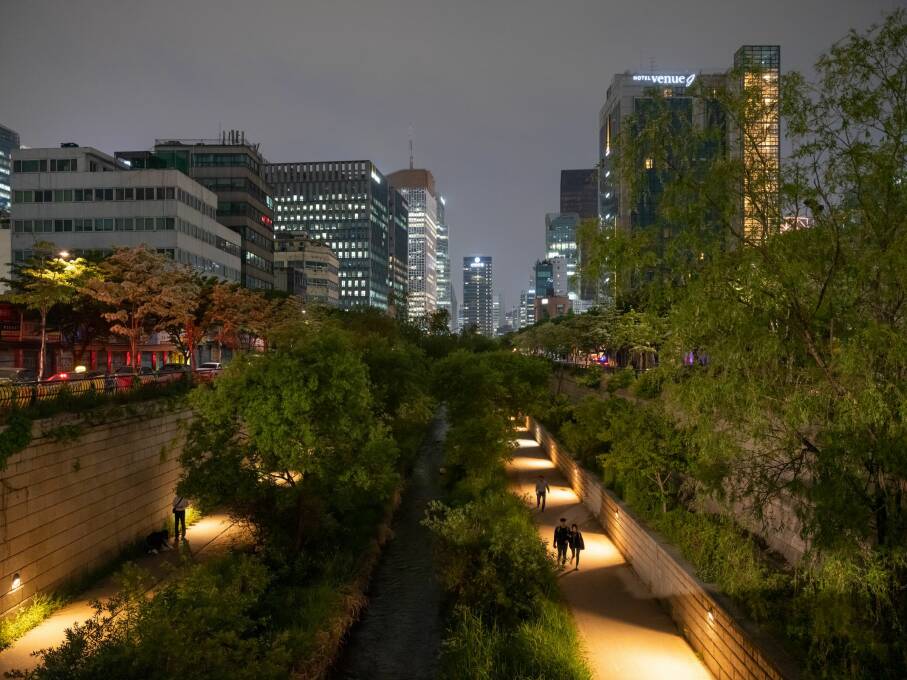
“The initiative is supported by the European Union and focuses on several themes: health, climate, the economy, biodiversity and social cohesion.”
iVerde 'Green Cities/ENA'
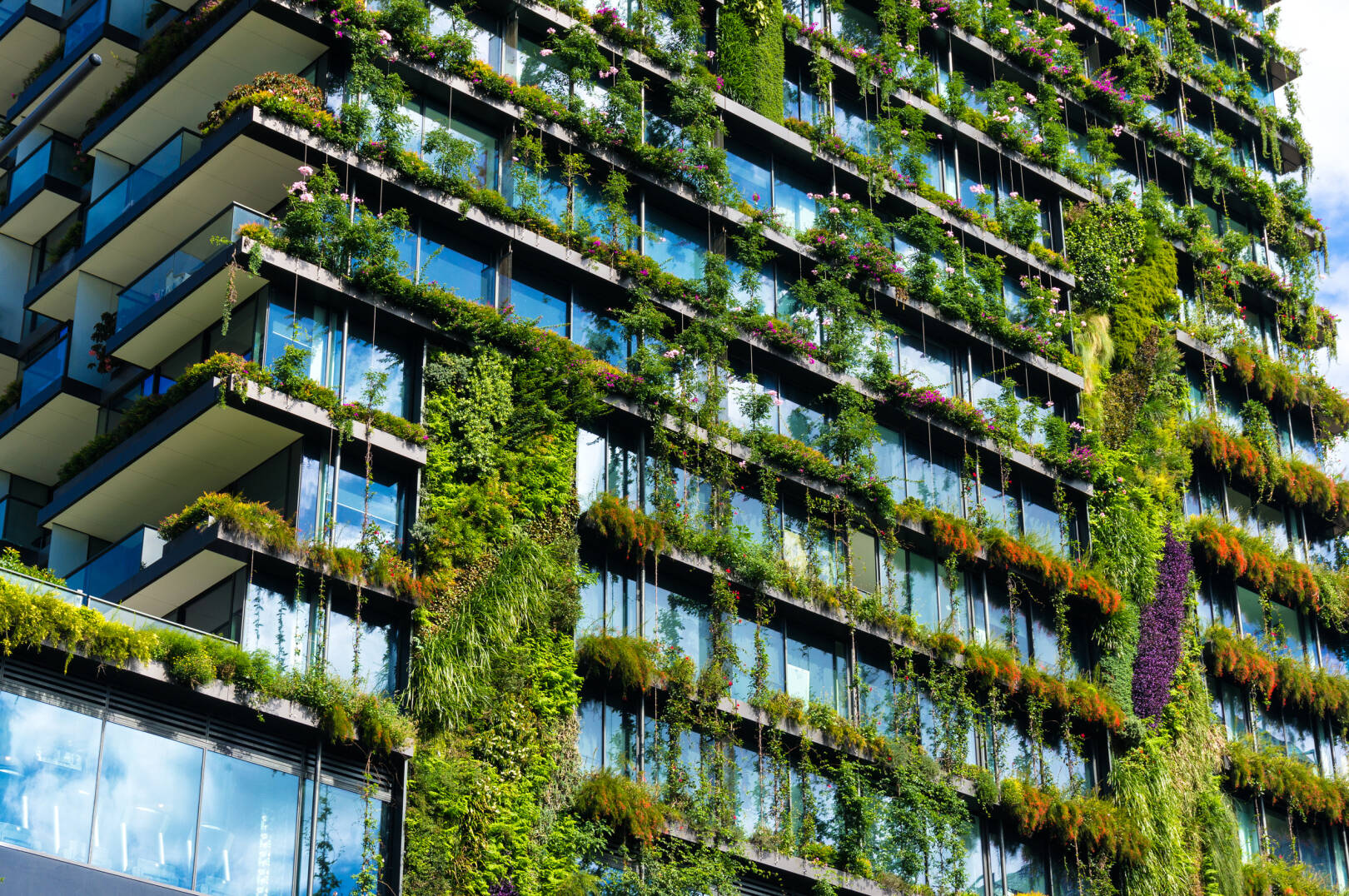

Leeuwarden
read more

Grenoble
read more

read more
Budapest

Warsaw
read more

read more
Aarhus
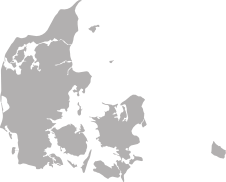

This Green Cities campaign runs in thirteen cities throughout Europe. Its main focus is to keep looking for (new) solutions to encourage the greening of public spaces within these cities, by providing innovative ideas, with information based on scientific research and technical expertise. Of course, it is no rocket science that having trees and plants around us makes us happier and healthier, but greening cities also has a positive effect on the biodiversity and the property value in a neighborhood.
The initiative is supported by the European Union and focuses on several themes: health, climate, the economy, biodiversity and social cohesion. In the Netherlands, Green Cities was first coined in 2002, at the Floriade Expo, when the philosophy was introduced. This was the first time people were specifically made aware of the added value of greening our surroundings. Now, twenty years later, it’s not just about the appearance, but about the influence on for example productivity and our mental health as well. This is one of the reasons Brussels (EU) supports the Green Cities campaign financially, so their knowledge can be shared.
Everyone probably agrees that urbanization and sustainability are two of the hottest topics of the last decade(s). People move from the countryside towards the cities, which often leads to challenges in terms of housing and quality of life within these places in general. This ‘livability’ is frequently (partially) determined by how ‘green’ a neighborhood is and the proximity of larger parks or a forest.
European Green Cities

To see what these cities exactly do (and how they do it), we reached out to the foundation behind this movement and a couple of representatives within Europe that are proud to talk about this platform and their initiatives and future.
Cities in Europe are focussing more and more on being green. Meaning: literally ‘green’, by adding plants and trees to the streets. There’s an easy explanation for this, as the amount of green becomes more important when a population is growing; public green spaces have a positive impact on the biodiversity and livability within these cities. Therefore, the platform Green Cities (for a Sustainable Europe) was founded, to encourage green in public spaces.
iVerde 'Green Cities/ENA'

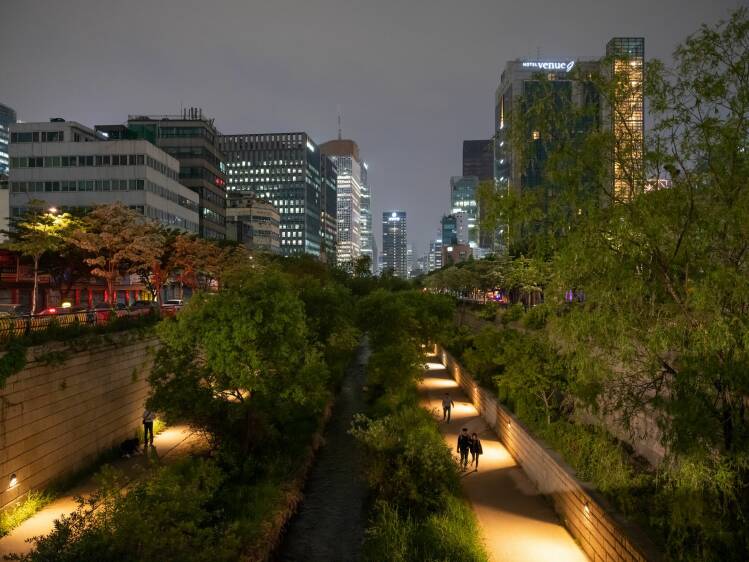
Making European cities
and
greener more livable

